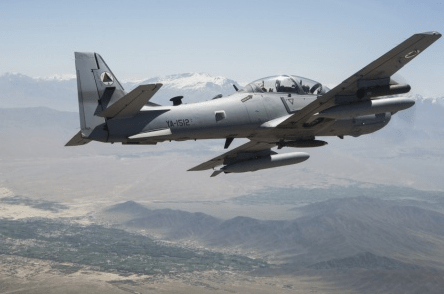
The Afghan Air Force (AAF) – pilot shortage. While it is currently able to conduct a host of operations (MEDEVAC, troop transport, resupply, close air support, and aerial reconnaissance) it is not to the level of capacity needed by the Afghan National Army (ANA) and the Afghan National Police (ANP). The Afghan Air Force has pilots, mechanics, and air frames – but not enough. In the past few years the United States and the other Coalition nations have pulled the bulk of the foreign air support from Afghanistan and the Afghan Air Force cannot fill the resulting capability gap.
There are a number of reasons why the Afghan Air Force is so far behind. The primary reason is that the United State Air Force missed the boat in a huge way. They started training and equipping the Afghan Air Force with too little too late. We are 15 years into this war and the Afghans are still way behind the power curve in forming and sustaining an air force.
There are other reasons for the inability of the Afghan Air Force to provide the necessary level of support required for its security forces. There are more air frames than there are pilots. For an Afghan to learn to fly military aircraft he needs to be conversant in English – the international language of aviators. Then the potential pilot, having gotten proficient in English, must undergo a year or more of pilot training.
Mechanics are another personnel shortage of the Afghan Air Force. It takes years to train and acquire the experience needed to be a fully qualified aircraft mechanic. For now, U.S. and contract mechanics are keeping the Afghan aircraft running but this is just a temporary measure.
The Afghan Air Force has recently received 18 x MD-530 helicopters [1] and four C-130s. They are in the process of receiving some A-29 Super Tucano close air support aircraft. Once these aircraft are completely fielded – and the mechanics and pilots are trained and experienced the the Afghan Air Force will on its way to meeting the demands of the Afghan Army.
Eventually, with continued support and funding by the United States and other countries, the Afghan Air Force will become proficient and experienced enough to conduct all air support operations in Afghanistan. However, for the time being, the United States will continue to provide limited close air support to the Afghan security forces.
Footnotes:
[1] The last four MD-530s were delivered in August 2016. See an news story by Resolute Support HQs, August 25, 2016.